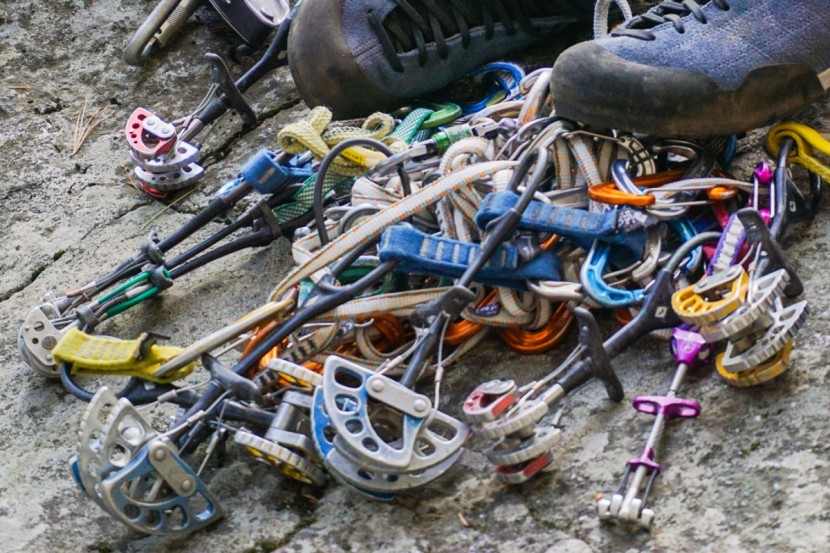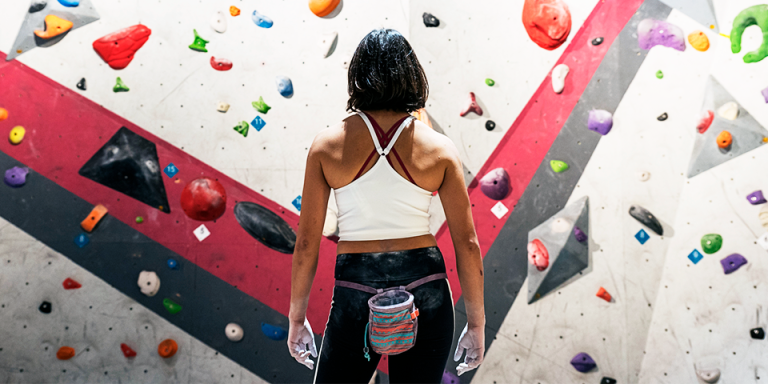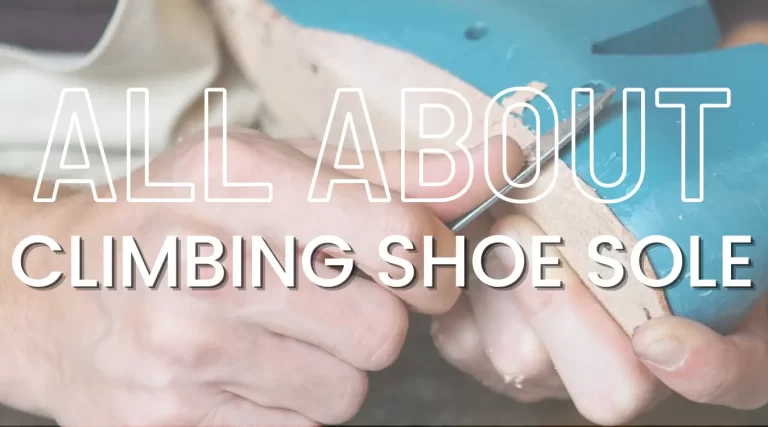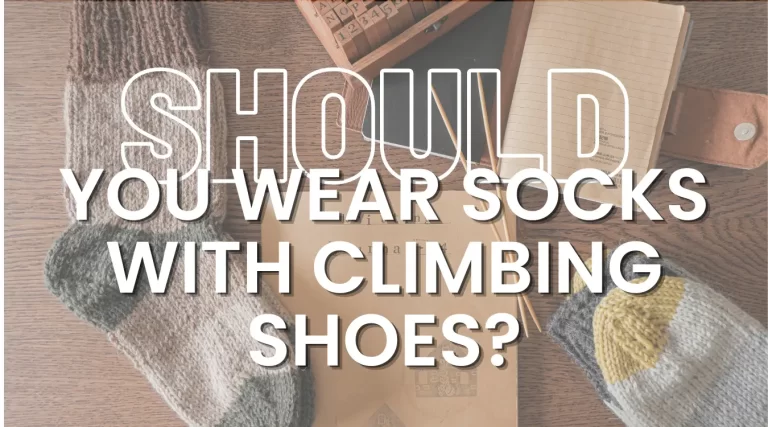Foot Accessories For Climbers
Rock climbing is a challenging and exhilarating sport that requires not only physical strength and mental focus but also the right gear to ensure safety and success. One of the most critical aspects of a climber’s equipment is their foot accessories. This article will explore various types of climbing footwear and essential foot accessories to enhance performance and safety while climbing.
Types of Climbing Footwear
Climbing Shoes
Climbing shoes are specifically designed for rock climbing. They provide climbers with the necessary grip, precision, and sensitivity to navigate various types of terrain. There are three main types of climbing shoes: neutral, moderate, and aggressive. Each type has its advantages depending on the style of climbing and the climber’s preferences.
Approach Shoes
Approach shoes are a hybrid between hiking shoes and climbing shoes. They are designed to provide comfort and support for long approaches to climbing routes while offering sufficient grip and sensitivity for climbing moderate terrain. Approach shoes typically have sticky rubber soles and a reinforced toe cap for protection.
Mountaineering Boots
Mountaineering boots are designed for alpine climbing and mountaineering. They provide support, insulation, and protection for climbers in cold and icy conditions. These boots are usually compatible with crampons for additional traction on ice and snow.
Essential Foot Accessories
Climbing Socks
Climbing socks are designed to wick moisture away from the foot, reduce friction, and provide extra padding. They can help prevent blisters and improve overall foot comfort during long climbing sessions.
Shoe Inserts and Insoles
Shoe inserts and insoles can provide additional support, cushioning, and comfort for climbers. They can help reduce foot fatigue, improve arch support, and even help alleviate certain foot conditions like plantar fasciitis.
Gaiters
Gaiters are protective garments worn over the lower legs and footwear to prevent debris, dirt, and moisture from entering the shoes. They are particularly useful in alpine environments or when climbing in muddy or snowy conditions.
Crampons
Crampons are metal spikes attached to the soles of mountaineering boots to provide traction on ice and snow. They are essential for alpine climbing and mountaineering, as they help climbers navigate steep and icy terrain safely.
Foot Protection and Support
Belay Slippers
Belay slippers are lightweight, comfortable footwear worn while belaying or during rest breaks between climbs. They provide climbers with a comfortable alternative to their climbing shoes and help keep their feet warm and relaxed.
Foot Ascenders
Foot ascenders are devices used in rope climbing techniques, such as aid climbing and big wall climbing, to help climbers ascend ropes more efficiently. They attach to the climber’s foot and grip the rope, allowing the climber to step up and use their leg strength to ascend.
Ankle Braces and Support
Ankle braces and supports can provide additional stability and protection for climbers prone to ankle injuries or those recovering from an injury. They can help prevent sprains, strains, and other ankle-related issues while climbing.
Conclusion
Foot accessories for climbers are crucial for enhancing performance, ensuring safety, and providing comfort during climbing sessions. It is essential to select the right footwear and accessories based on the type of climbing and personal preferences. With the proper gear, climbers can focus on their technique, push their limits, and enjoy the thrilling sport of rock climbing.
FAQs
1. Can I use regular sports shoes for climbing?
Regular sports shoes are not recommended for climbing, as they lack the grip, precision, and sensitivity needed for climbing specific terrain. Investing in proper climbing shoes is crucial for safety and performance.
2. How do I choose the right climbing shoe?
Consider factors such as the type of climbing you’ll be doing, your skill level, and your foot shape when selecting a climbing shoe. Trying on multiple shoes and consulting with experienced climbers or professionals at a climbing gear store can help you find the perfect fit.
3. How often should I replace my climbing shoes?
Climbing shoes should be replaced when the soles become worn or damaged, affecting grip and performance. The frequency will depend on how often you climb and the type of terrain you climb on.
4. Do I need to wear socks with my climbing shoes?
Wearing socks with climbing shoes is a personal preference. Some climbers prefer the additional comfort and moisture-wicking benefits of socks, while others prefer the increased sensitivity of climbing without socks.
5. Are there any specific exercises I can do to strengthen my feet for climbing?
Exercises such as calf raises, toe raises, and foot stretches can help improve foot strength and flexibility for climbing. Incorporating these exercises into your training routine can help enhance your overall climbing performance.




